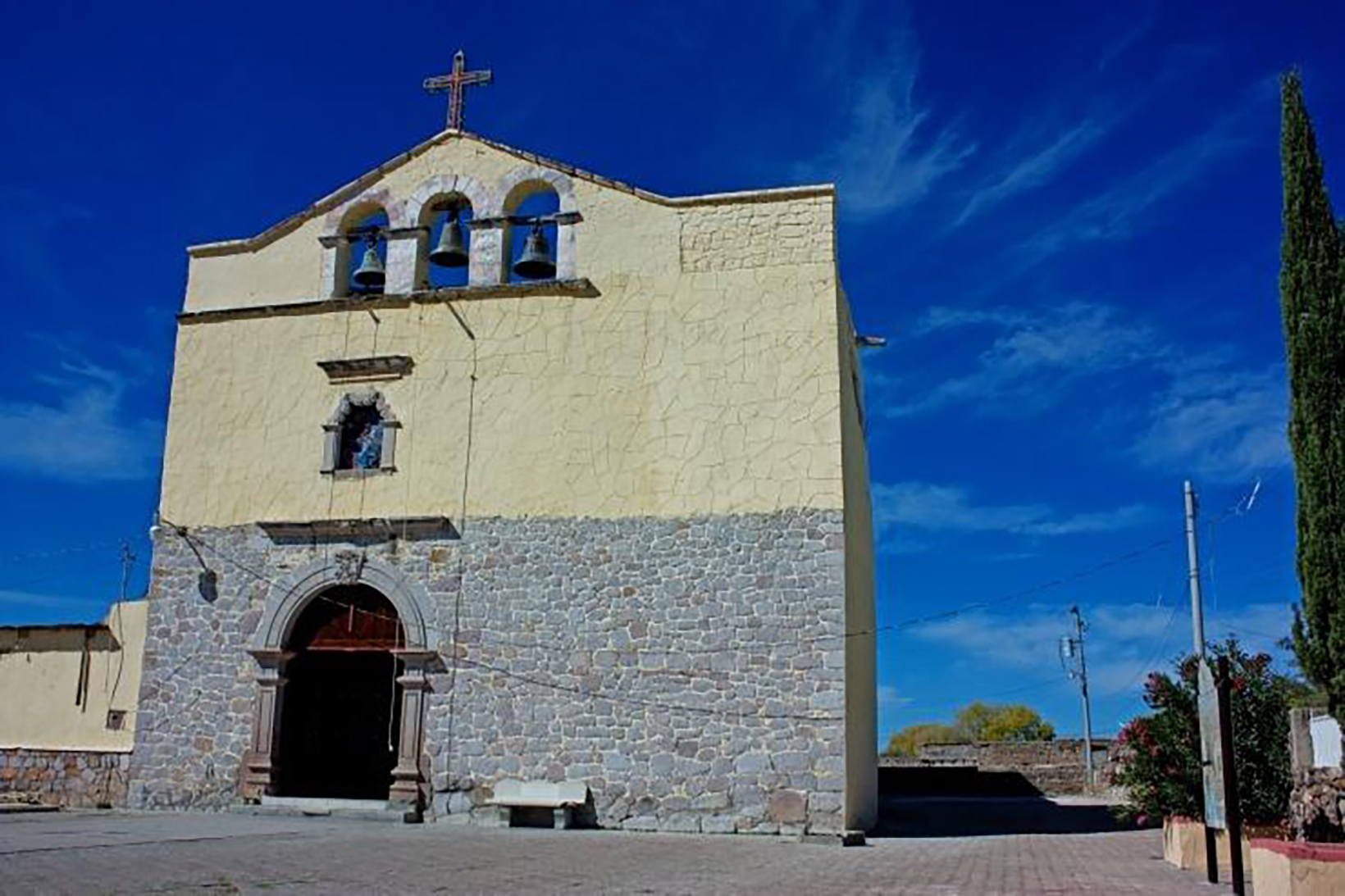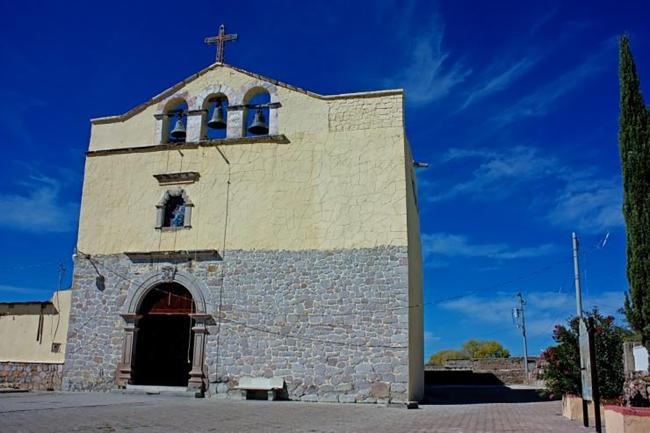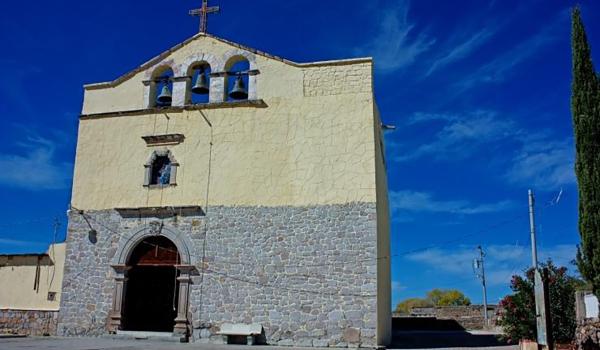Templo de San Miguel en el pueblo de Villa Ocampo
Route element
Templo de San Miguel en el pueblo de Villa Ocampo
The town of Villa Ocampo, located beside the Bocas River, was an old Jesuit mission that was part of the Spanish Crown's evangelization efforts in the northern viceroyalty. Initially, its role was to provide a place for travelers along the Royal Inland Road to rest and seek shelter as they journeyed toward the northern settlements of Nueva Vizcaya.
The area was formerly known as Natividad, and in 1630, the Jesuit Juan de Heredia established the mission of San Miguel de Bocas. By 1678, it had a population of two hundred thirty-six inhabitants, and in the surrounding areas, there were ten estates and ranches with a total of three hundred eighty-six people.
When the Jesuit mission was secularized in 1753, the settlement of San Miguel de Bocas became a parish. In the second half of the 19th century, its name was changed to Villa Ocampo, which is located in the municipality of the same name. The Church of San Miguel was built in 1736 at this location, as mentioned in an inscription.
The temple has a single-nave plan with an octagonal apse. On its facade, there is an arch with a double-headed eagle at its key, a symbol of the Hispanic monarchy, and the letters JHS of the Society of Jesus, a monogram indicating the mission character of the temple. Notably, the church's final element features a bell tower with three bells. The interior of the temple is made of stone, with the baptismal font door in the tower cube standing out, displaying some indigenous elements reminiscent of the sacristy door of the Durango Cathedral. Overall, the building exhibits certain architectural elements reflecting the rapid constructive and stylistic development of the northern regions.





